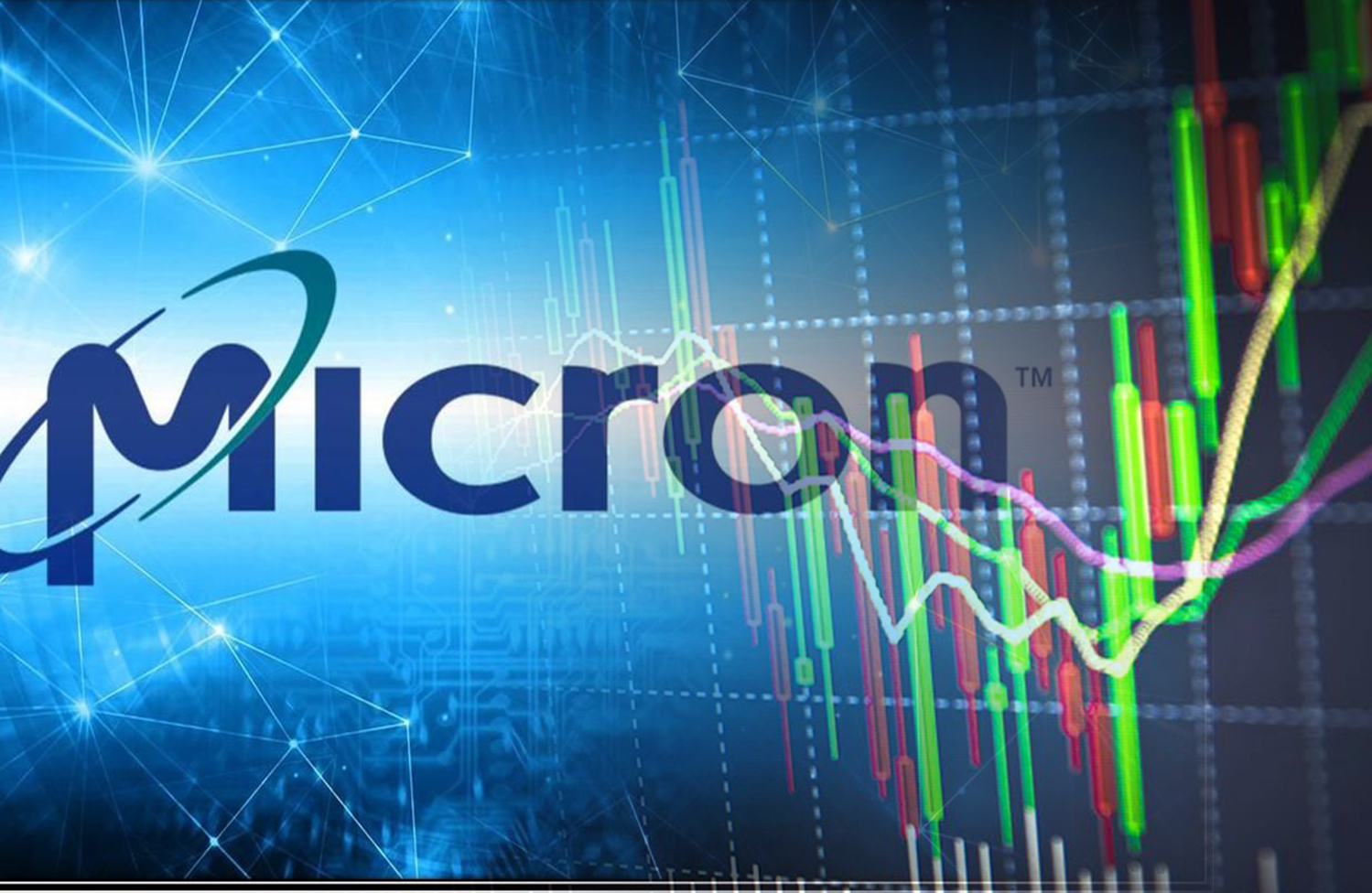The past month has been kind for the shares of Micron Technology, Inc. (NASDAQ:MU). Micron stock price spiked up by 45% over the period. This recovery can be credited to various factors- one of them being better than forecasted Q3 earnings. Along with other positives, the company also forecasted an increase in the memory demand for the later part of 2019. What could this present for other tech stocks?
Analysts’ View
Analysts now are of the opinion that the stocks are bound to go even higher, advising a buy to the investors. Goldman Sachs’ analyst Mark Delaney raised the price target from $40 to $56. He believes Micron would be steered by the memory price trends and intermediate EPS projections.
The recent rise in memory prices after Japan’s restraint on chemical supplies to South Korea has helped. Reports have it that the manufactures quickly moved to stock up on the memory chips anxious that Samsung and SK Hynix might fall short of supplies. This could be due to a shortage of raw materials.
This would open up a huge window of opportunities for Micron, the third-largest company by market share. Moreover, Toshiba’s manufacturing facilities in Japan also faced accidental power outage causing further mayhem in the supply. These factors combined resulted in the DRAM prices to go up by 20% in just two weeks starting July 5. However, the price-rise might be just a short-term thing.
Industry Demand To Push Micron Stock Price
There are reports suggesting that the memory industry already had an oversupply of DRAM. That was based on its suppliers having 3 months worth of inventory at the start of Q3. This oversupply can be credited to the poor demand for PCs, smartphones, and data centers this year. For example, shipments of smartphones alone fell by 6.6% in Q1.
Read More
Snapchat Stock Price Jumps Above IPO price After One year: Bullish Signal For Tech Stocks?
Apple (AAPL) Moves Back To Near $1 Trillion Market Cap: What’s Next?
Huawei seemed to be the only company with shipments increasing by 50% year-over-year. But, with the sanctions against the company, Huawei’s sale could also take a blow. PC shipments, on the other hand, fell down by 4.6% in Q1 of 2019. This was thanks to the weak consumer demand and scarcity of CPUs. The manufacturers would first go ahead with the oversupplied inventory channels, draining it and then moving to buy new memory chips.
Thus, chip stocks being memory price-driven may not be as sustainable in the current state. With Q4 results some time away, there is no way of knowing whether the short-term events would eventually wane out or if DRAM would continue its recovery.





